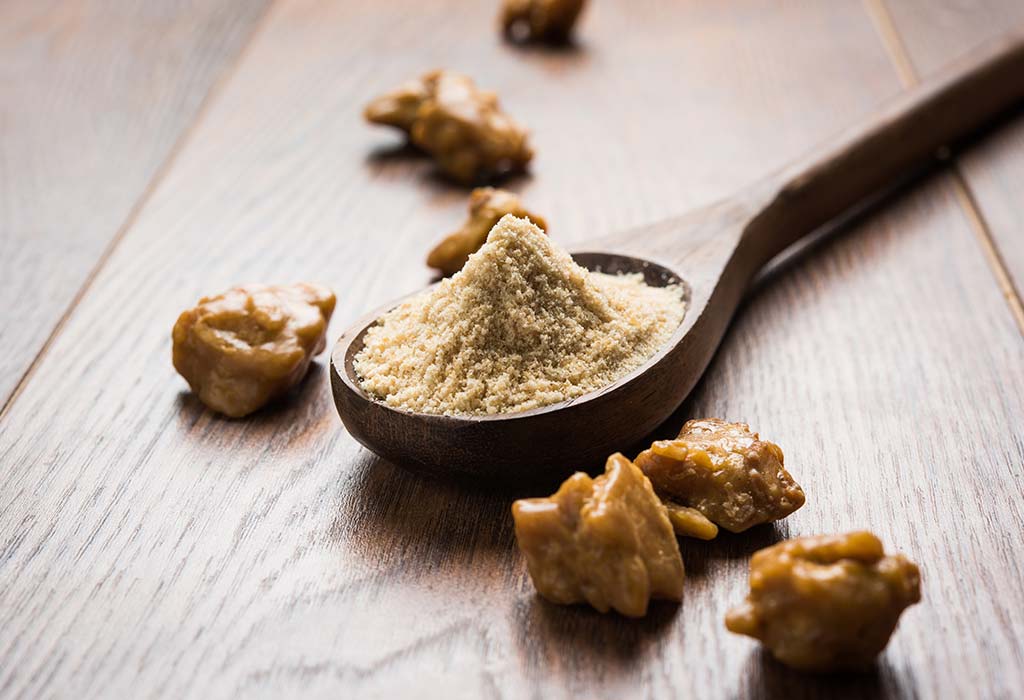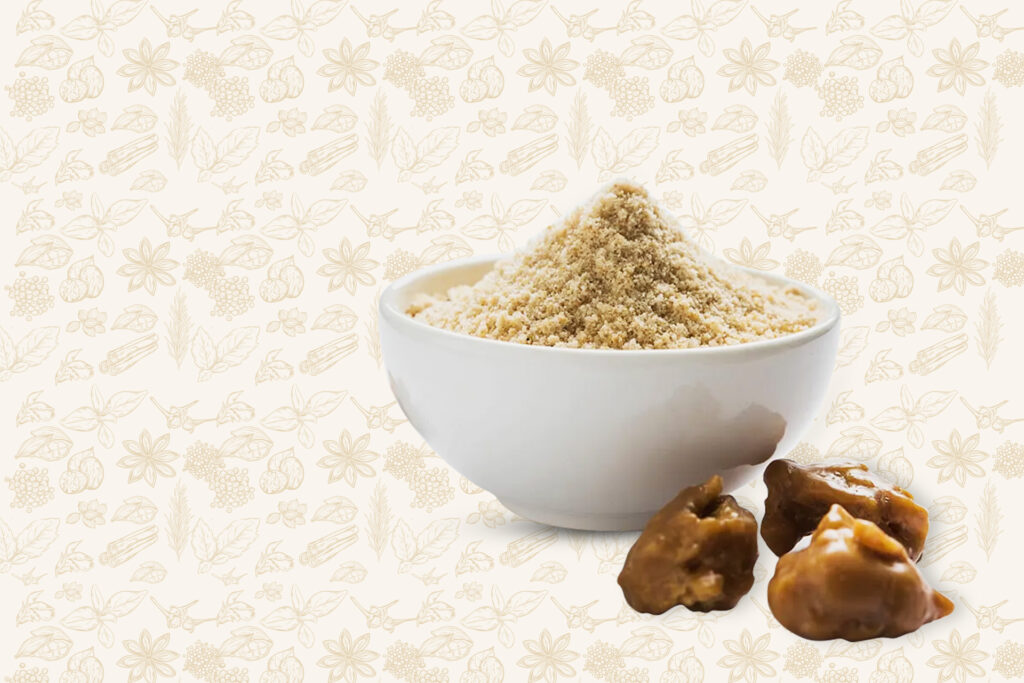Choosing the best quality hing can elevate the flavors of your dishes and enhance your culinary experience. Our detailed buyer’s guide walks you through the essential factors to consider, including identifying authentic and pure hing, understanding its types, and evaluating its aroma, texture, and packaging. Whether you’re a seasoned chef or a home cook, this guide will help you make an informed choice and ensure you bring home a product that’s both high-quality and value for money. Explore the benefits of premium hing and learn tips for storing it to retain its freshness and potency.
What are the key factors to consider when choosing high-quality hing?
Short Answer: Key factors include purity, aroma, color, and form (resin or powder).
Long Answer: When selecting high-quality hing, consider several crucial factors. Purity is paramount; ensure the hing is free from additives and fillers. The aroma should be strong and pungent, indicative of its potency. The color is also a good indicator of quality; pure hing typically has a yellowish-brown hue. Additionally, decide whether you prefer hing in resin or powdered form. Resin is often considered superior due to its freshness and unadulterated nature, while powder is more convenient for cooking. Understanding these factors helps in choosing the best hing for culinary and medicinal purposes.
- Purity: Ensure it is free from additives and fillers.
- Aroma: Should be strong and pungent.
- Color: Pure hing is yellowish-brown.
- Form: Choose between resin and powder based on preference and use.
- Origin: Check the source, as high-quality hing is often sourced from specific regions known for their production.
Purity is the most critical factor when choosing hing. Pure hing should contain no additives or fillers, such as starch or flour, which are often used to bulk up low-quality products. The aroma of pure hing is unmistakable—strong, pungent, and slightly sulfurous. If the smell is weak or off, it could indicate that the hing is adulterated or of low quality. The color can also be a giveaway; high-quality hing typically has a yellowish-brown hue, while lower quality or adulterated hing may appear whitish or overly dark. Additionally, consider the origin of the hing, as certain regions are known for producing superior quality hing. Understanding these factors can help you make an informed choice and ensure you get the best product for your needs.
How can I differentiate between pure hing and adulterated or low-quality hing?
Short Answer: Differentiation can be made by checking the ingredients, aroma, texture, and packaging.
Long Answer: Differentiating between pure hing and adulterated or low-quality hing involves several checks. First, examine the ingredients list; pure hing should not contain unnecessary additives or fillers. The aroma of pure hing is intensely pungent and slightly earthy. In contrast, adulterated hing might have a weaker or slightly off smell. Pure hing has a smooth texture if in resin form, or a fine consistency if powdered, without any visible impurities. Finally, reputable brands usually have detailed and transparent packaging information, including the source and processing methods. Being aware of these characteristics can help you avoid substandard products.
- Ingredients: Check for the absence of additives and fillers.
- Aroma: Pure hing has an intense, pungent smell.
- Texture: Smooth in resin form; fine in powdered form.
- Packaging: Look for detailed and transparent product information.
- Price: Be cautious of significantly cheaper products, as they might be of lower quality.
One of the first steps in differentiating pure hing from adulterated or low-quality hing is to thoroughly read the ingredients list. Pure hing should list only asafoetida or hing, without any additional fillers or bulking agents. The aroma test is another effective method; pure hing should have a strong, unmistakable smell that hits you immediately upon opening the container. If the aroma is weak or unusual, it’s likely that the hing is either old or not pure. Examining the texture is also helpful—pure resin hing should be smooth and slightly sticky, while powder should be fine and consistent without any clumps. Pay attention to the packaging details provided by reputable brands, as they often include information about the source and processing methods. Finally, consider the price; while pure hing is relatively affordable, extremely low prices could be a red flag for adulteration or lower quality.
Are there specific brands or sources known for selling the best quality hing?
Short Answer: Trusted brands for high-quality hing include Hingwala, Everest, and Shri Lal Mahal.
Long Answer: Several brands are renowned for selling high-quality hing. Everest is a widely recognized brand that offers premium quality hing with a strong aroma and pure composition. Hingwala is another reputable brand known for its consistent quality and strong market presence. Shri Lal Mahal offers organic and traditionally processed hing, ensuring authenticity and purity. These brands are often recommended by culinary experts and consumers alike for their commitment to quality. Purchasing from these trusted sources ensures you get the best hing for your culinary and medicinal needs.
| Brand | Details |
|---|---|
| Everest | Known for premium quality and strong aroma. |
| Hingwala | Reputable for consistent quality. |
| Shri Lal Mahal | Offers organic and traditionally processed hing. |
| Patanjali | Well-known for its natural and Ayurvedic products. |
Choosing hing from trusted brands can significantly improve your culinary and health experience. Everest is one of the top choices for many households due to its strong aroma and pure form. Hingwala has built a reputation over the years for delivering consistent quality, making it a reliable choice. Shri Lal Mahal focuses on organic and traditional methods of processing, which ensures that their hing is as close to nature as possible. Additionally, brands like Patanjali, known for their natural and Ayurvedic products, also offer high-quality hing. Purchasing from these reputable sources ensures that you get the best hing for your needs, whether for cooking, medicinal purposes, or both.
How should I store hing to maintain its potency and freshness?
Short Answer: Store hing in an airtight container in a cool, dry place away from direct sunlight.
Long Answer: Proper storage of hing is crucial to maintain its potency and freshness. Hing should be kept in an airtight container to prevent exposure to air, which can degrade its quality. Store the container in a cool, dry place away from direct sunlight to protect it from heat and moisture, which can affect its aroma and flavor. If possible, store it in a refrigerator to extend its shelf life, especially in humid climates. Proper storage not only preserves the hing’s potency but also ensures it remains free from contamination and retains its characteristic pungent aroma.
- Airtight Container: Prevents exposure to air.
- Cool, Dry Place: Protects from heat and moisture.
- Refrigeration: Extends shelf life in humid climates.
- Dark Storage: Keep away from direct sunlight.
- Labeling: Ensure containers are labeled with the date of purchase.
Storing hing correctly can significantly extend its shelf life and maintain its effectiveness. Airtight containers are essential for preventing the spice from absorbing moisture and other odors from the environment, which can compromise its quality. Keeping hing in a cool, dry place is equally important; high temperatures and humidity can cause the spice to lose its aroma and potency. For those living in particularly humid climates, refrigeration is highly recommended as it slows down the degradation process and keeps the hing fresh for longer periods. Additionally, keeping the hing away from direct sunlight helps in preserving its natural properties. Labeling the storage containers with the date of purchase can also help in monitoring the freshness of the spice and ensuring its optimal use.
Conclusion
Hing, available in various forms such as resin, powder, granules, and liquid, each offers unique benefits depending on the intended use. Resin is often considered the best for its purity and potency, while powder and granules provide convenience. Proper storage is essential to maintain hing’s freshness and potency, involving airtight containers, cool and dry conditions, and protection from direct sunlight. By following these guidelines, you can ensure that your hing remains a powerful and essential ingredient in your culinary and medicinal practices.

